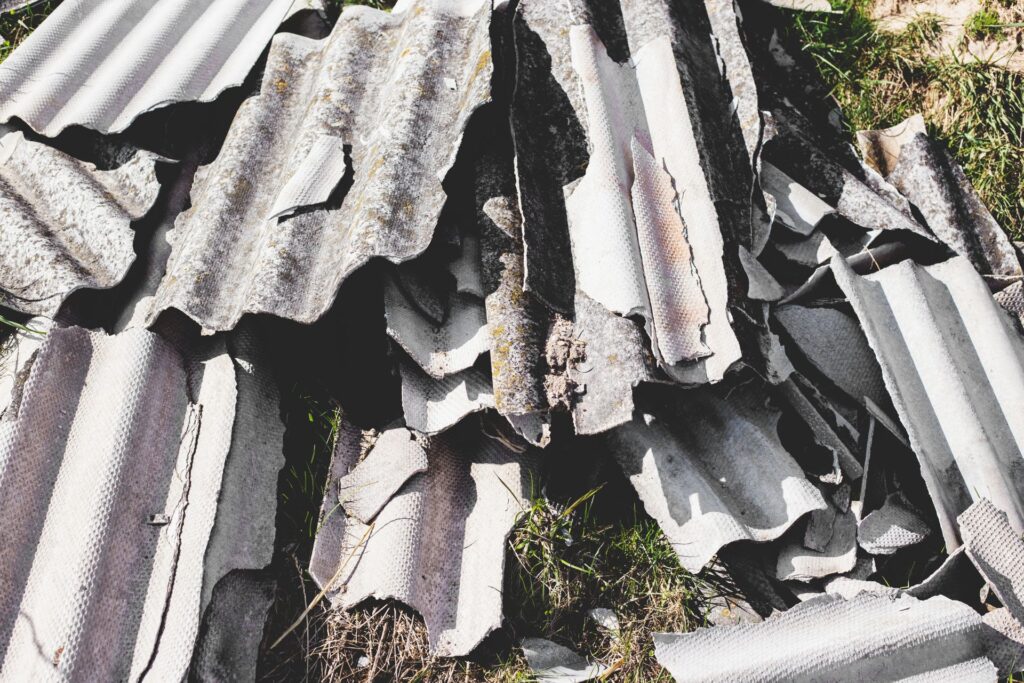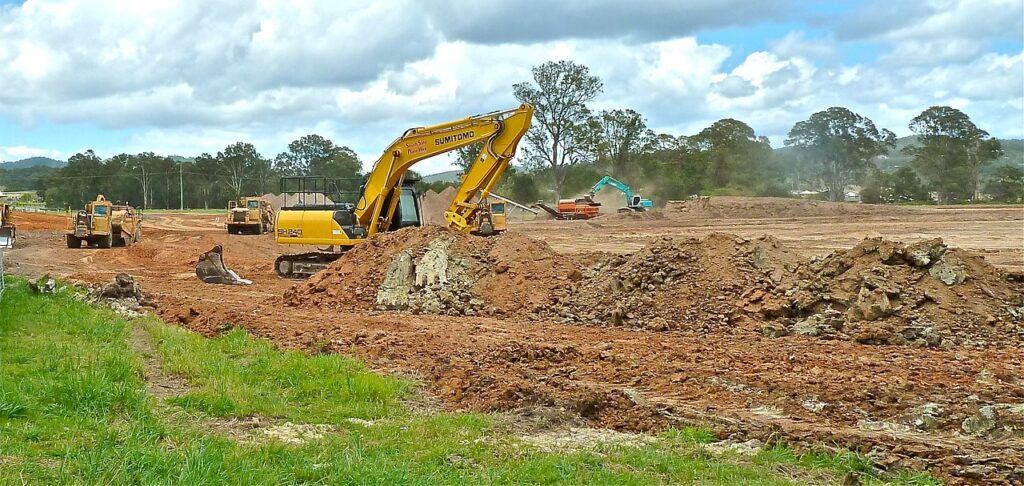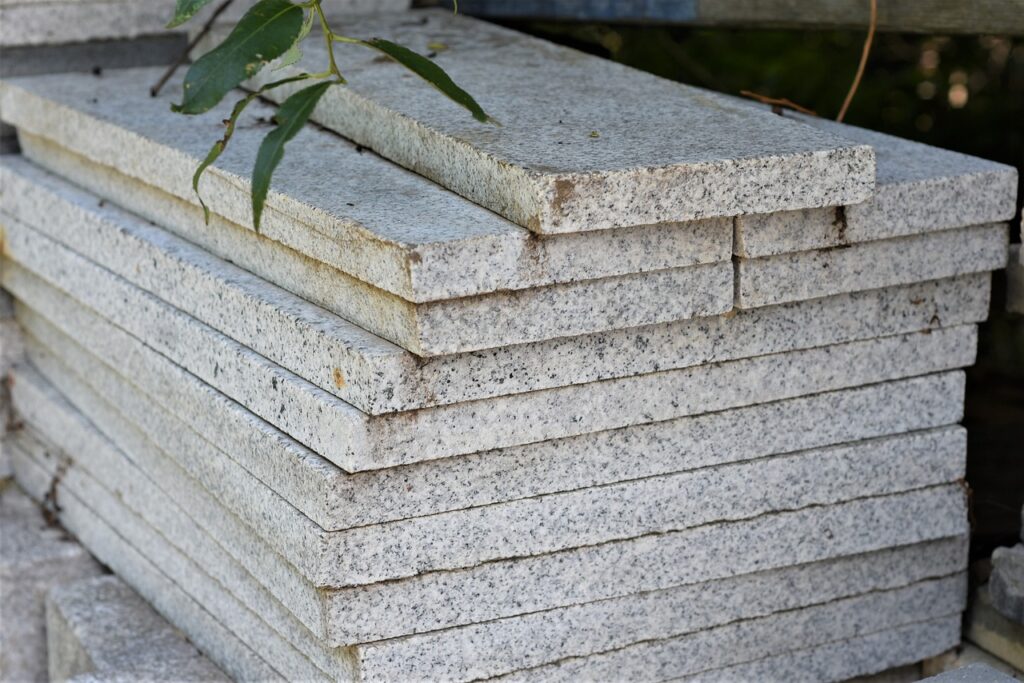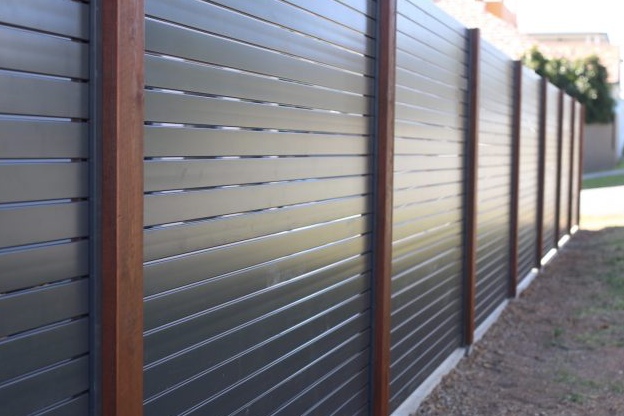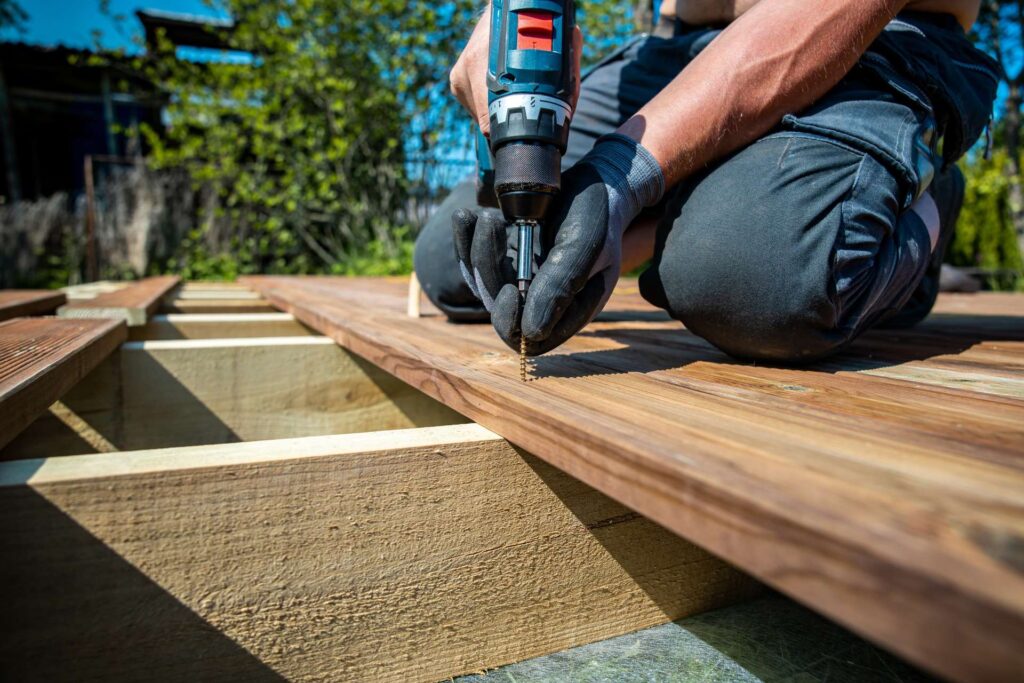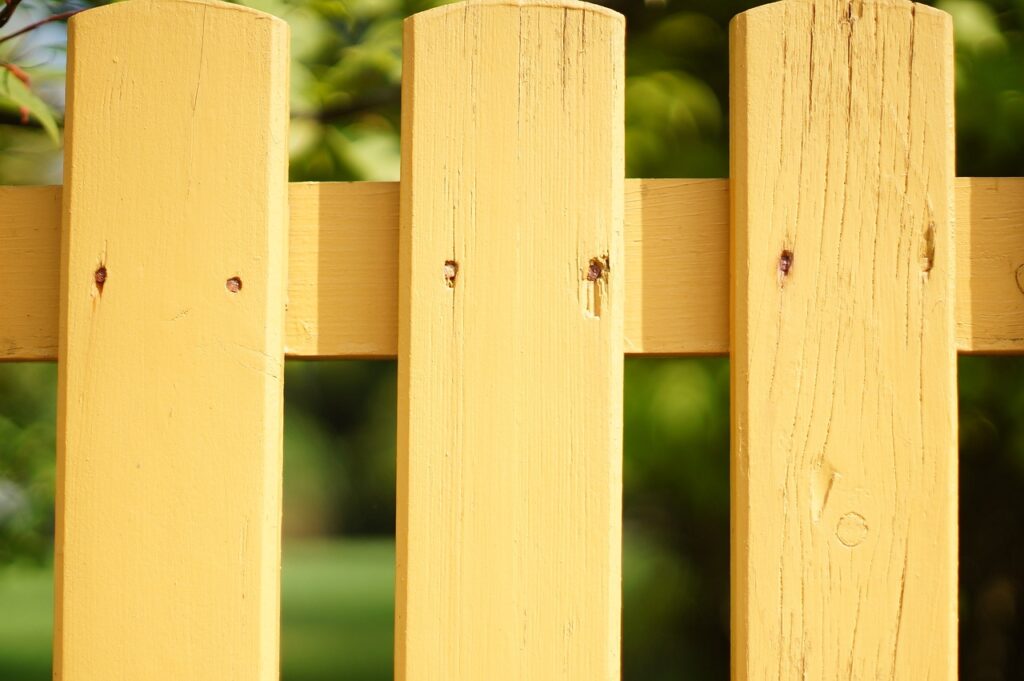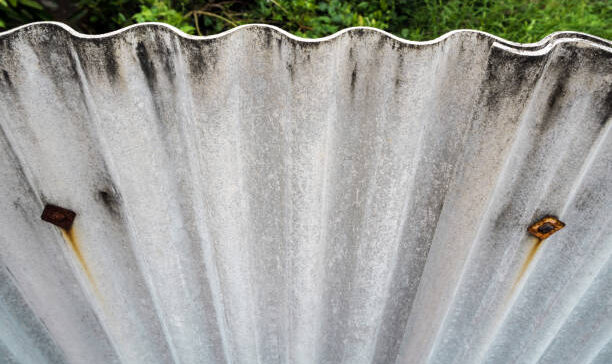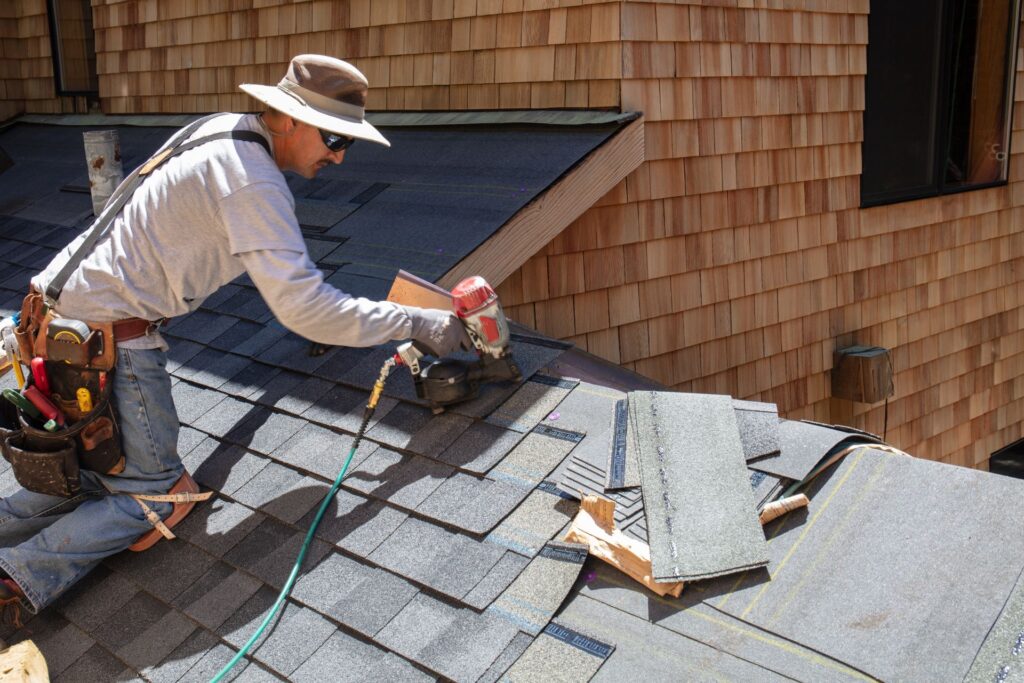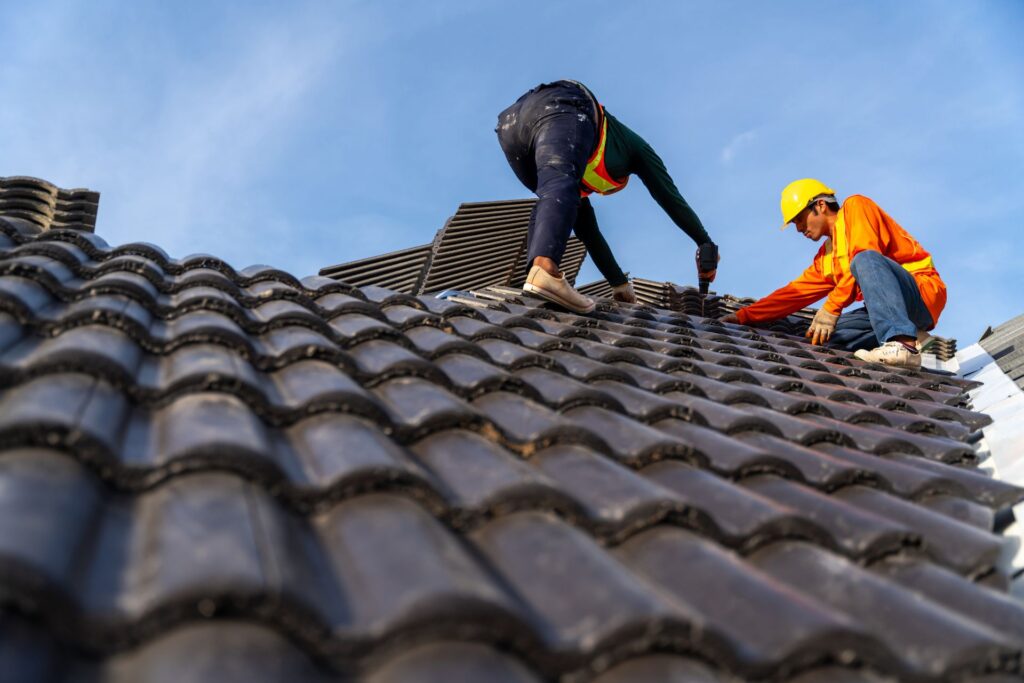Welcome to our comprehensive guide on the costs involved in asbestos roof removal per square meter in New Zealand. As homeowners, the safety of our living environment is paramount, and dealing with hazardous materials like asbestos is a critical part of maintaining that safety. This guide delves into everything you need to know about removing an asbestos roof safely and efficiently, with a focus on financial aspects to help you budget for this vital project. Once a popular building material for its durability and fire-resistant properties, asbestos is now known for its health risks, especially when airborne particles are inhaled.
Removing an asbestos roof requires expertise, careful consideration, and adherence to New Zealand’s strict safety and disposal regulations. Whether you’re planning a renovation, selling your property, or ensuring your home is safe for the future, understanding cost implications is crucial. We will explore asbestos, the importance of its removal, the legal framework in New Zealand, and provide a detailed breakdown of expected costs. From selecting the right contractor to understanding price influencers, we aim to offer a clear, thorough understanding of the process and expenses involved, ensuring your home improvement journey is safe, informed, and well-planned.
On average, homeowners can expect to pay between NZ$50 to NZ$150 per square meter in New Zealand, depending on factors like roof size, accessibility, location, and the condition of the asbestos material. However, these costs can fluctuate based on the complexity of the job, the need for additional safety measures, and disposal fees. It’s crucial to engage a certified asbestos removal contractor who can provide a detailed assessment and quote based on your specific situation. Remember, safety and compliance with New Zealand’s strict asbestos removal regulations should always be the top priority.
- Understanding Asbestos
- The Legal Framework In New Zealand
- Preparing For Asbestos Roof Removal
- Understanding The Costs
- The Removal Process
- Financing And Assistance
- After The Removal – Choosing A New Roof
- FAQs: Asbestos Roof Removal Cost Per Square Meter In New Zealand
- Conclusion
- References
- Find A Professional Roofing Company Near You!
Understanding Asbestos
Asbestos refers to a group of naturally occurring fibrous minerals known for their heat resistance, tensile strength, and sound absorption capabilities. These properties made asbestos an appealing choice for roofing materials, among other construction uses, dating back to the late 19th century. Its durability against chemical and thermal degradation led to widespread use in residential, commercial, and industrial buildings.
Brief History and Why It Was Used in Roofing
The history of asbestos use in construction spans thousands of years, but it wasn’t until the industrial revolution that its use became prevalent, especially in roofing. Asbestos was lauded for its ability to provide fireproofing, insulation, and durability to roofing materials at a low cost. These qualities made it a staple in the construction industry until the late 20th century when the health risks associated with asbestos exposure became widely recognized.
The Risks of Asbestos Roofs
Exposure to asbestos fibers poses significant health risks, primarily when these fibers become airborne and are inhaled. Long-term inhalation can lead to serious respiratory conditions, including asbestosis, lung cancer, and mesothelioma, a rare form of cancer predominantly affecting the lining of the lungs. The latency period between exposure and the onset of symptoms can span decades, making it a silent but deadly hazard.
Aside from health risks, asbestos roofs can also pose potential dangers to the environment. When asbestos materials degrade or are improperly handled during removal, fibers can be released into the air and soil, contaminating ecosystems and posing risks to wildlife and human populations alike.
Why Removing an Asbestos Roof is Essential
Removing an asbestos roof transcends beyond safeguarding health; it’s a legal necessity in many jurisdictions. Given the well-documented health risks, many countries have implemented strict regulations regarding the handling, removal, and disposal of asbestos. Adhering to these regulations not only ensures compliance but significantly mitigates health risks for occupants and the surrounding community.
Moreover, removing asbestos from roofs and replacing them with safer materials can enhance property values and reduce the risk of potential legal liabilities associated with asbestos exposure. It represents a proactive approach to ensuring long-term safety and environmental stewardship.
Understanding asbestos and its implications on health and safety is crucial for anyone involved in building maintenance, renovation, or demolition. While its historical use in roofing materials was born out of practicality, the legacy of asbestos is one of cautionary tales and health concerns. By prioritizing the removal of asbestos-containing materials and adhering to legal guidelines, we can create safer living and working environments for current and future generations.
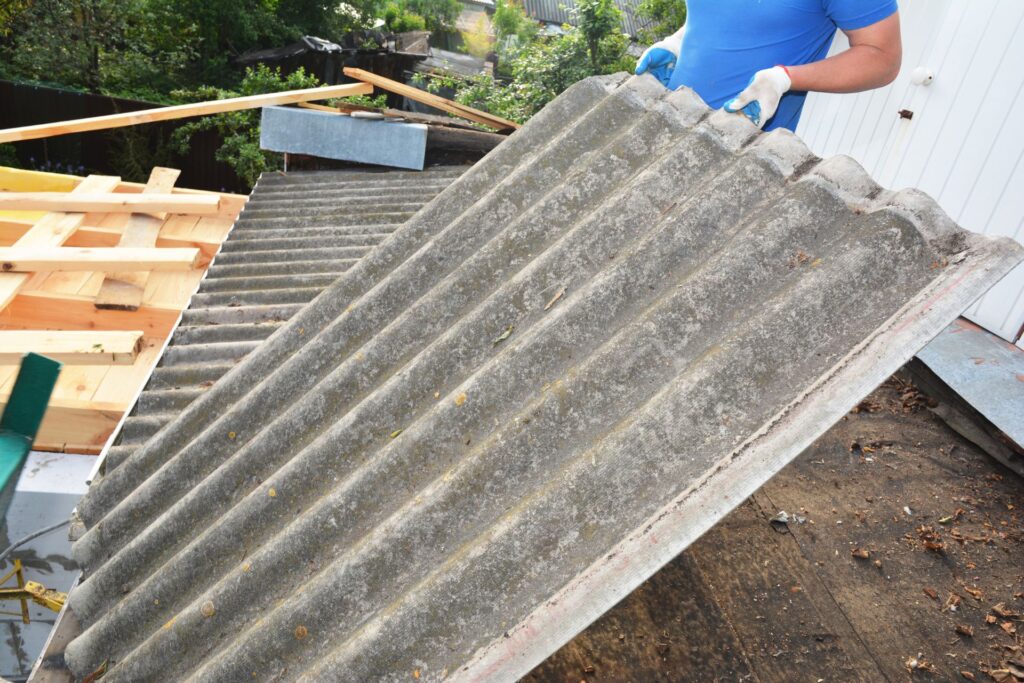
The Legal Framework In New Zealand
Navigating the complex landscape of asbestos management, New Zealand’s legal framework establishes stringent guidelines and regulations to safeguard public health and worker safety. The Health and Safety at Work (Asbestos) Regulations 2016 plays a pivotal role in this context, dictating the precise standards for the safe removal, disposal, and handling of asbestos-containing materials. This legislation not only underscores the importance of compliance and the rigorous procedures required but also emphasizes the critical need for engaging certified professionals in the asbestos removal process. By setting such high standards, New Zealand aims to mitigate the health risks associated with asbestos exposure, thereby protecting its communities and ensuring a safer environment for future generations.
Regulations and Compliance in New Zealand
Asbestos, a material once widely used in construction for its durability and resistance to heat, has been linked to serious health conditions, prompting strict regulations on its removal in New Zealand. The New Zealand government has established a robust legal framework to manage and mitigate the risks associated with asbestos, ensuring the safety of workers and the general public.
The cornerstone of asbestos management in New Zealand is the Health and Safety at Work (Asbestos) Regulations 2016. These regulations outline the responsibilities of those working with asbestos, setting standards for its safe removal, disposal, and management. The guidelines ensure that any activity involving asbestos, from small-scale renovations to large construction projects, adheres to strict safety protocols.
Under these regulations, a comprehensive asbestos management plan is mandatory for buildings identified with asbestos-containing materials. This plan is a critical component of compliance, detailing the location of asbestos within the property, the condition of these materials, and strategies for managing the risks they pose.
Hiring Certified Asbestos Removal Contractors
The dangers of asbestos cannot be overstated, with exposure linked to severe lung conditions, including mesothelioma and asbestosis. This risk underscores the importance of engaging qualified professionals for asbestos removal. In New Zealand, asbestos removalists must obtain certification, evidencing their expertise and adherence to safety standards.
There are two main types of asbestos removal certifications available: Class A and Class B. Class A certification authorizes contractors to remove friable asbestos, the most hazardous form, which can easily become airborne. Class B certification, on the other hand, allows for the removal of non-friable asbestos, where the fibers are bonded with another material and less likely to be released into the air.
Hiring certified asbestos removal contractors is not just a legal requirement; it’s a critical measure to ensure the safety of everyone involved. Certified professionals are equipped with the knowledge and tools to safely remove asbestos, minimizing the risk of exposure. They understand the legal obligations around asbestos removal, including necessary notifications to authorities, health monitoring of workers, and the correct disposal methods for asbestos waste.
The legal framework in New Zealand for asbestos removal is designed to protect the health and safety of workers and the public. By adhering to regulations and ensuring compliance, property owners and contractors contribute to a safer environment. The requirement for certified asbestos removal professionals further emphasizes the government’s commitment to safety, ensuring that those tasked with this dangerous work are fully equipped to do so responsibly.

Preparing For Asbestos Roof Removal
When it comes to asbestos roof removal, thorough preparation is not just advisable; it’s imperative. This step-by-step guide is designed to walk homeowners and property managers through the essential phases of preparation, ensuring a safe and efficient removal process. From the importance of initial assessments to selecting the right contractor and understanding the critical role of asbestos testing, this article covers everything you need to know to get started.
Initial Assessments and Inspections
Before you dive into the asbestos removal process, the first step is to conduct a professional assessment and inspection of your property. This is crucial for several reasons. First, it helps to accurately identify the presence of asbestos materials in your roofing. Not all materials that look like they contain asbestos actually do, and vice versa. A professional assessment can save you time and resources by determining the exact scope of your project.
Moreover, these inspections provide critical information about the condition of the asbestos materials. If they’re in good condition and not posing a threat, a professional might recommend encapsulation instead of removal, which can be less invasive and costly. However, if removal is necessary, the inspection will also help in formulating a safe and effective removal plan, tailored to your specific situation.
Choosing the Right Asbestos Removal Contractor
Selecting the right contractor for your asbestos roof removal is perhaps the most important decision you’ll make in this process. The key is to look for a contractor who is not only experienced but also properly certified in asbestos removal. In many jurisdictions, asbestos removal contractors are required to have a specific license, along with extensive training in handling hazardous materials.
When vetting potential contractors, don’t hesitate to ask for their credentials, references from previous jobs, and details about their safety record. It’s also wise to inquire about their procedures for containing and disposing of asbestos materials. A reputable contractor will follow stringent safety guidelines to minimize the risk of asbestos exposure, not just to the workers but also to the occupants of the building and the environment.
The Role of Asbestos Testing
Asbestos testing plays a pivotal role in the asbestos roof removal process. It’s not enough to assume that materials contain asbestos based on their appearance or age. Testing by a certified laboratory provides conclusive evidence, which is essential for complying with local regulations and ensuring the safety of the removal process.
The testing process typically involves taking small samples of the material suspected to contain asbestos and analyzing them in a lab. This should always be done by a professional to avoid unnecessary exposure to asbestos fibers. The results of these tests will guide the removal strategy, ensuring that all precautions are taken to handle and dispose of asbestos materials safely.
By understanding the importance of initial assessments, choosing the right contractor, and acknowledging the critical role of asbestos testing, you can ensure that your asbestos roof removal project is executed safely and efficiently. Remember, the key to a successful asbestos removal project lies in meticulous preparation and working with professionals who are knowledgeable and compliant with all safety standards.

Understanding The Costs
In the journey of renovating or demolishing older buildings, one significant aspect that demands attention is the removal of asbestos. Asbestos, once a popular building material due to its fire-resistant qualities, is now known for its health risks, leading to its phased-out use and removal from structures where it’s found. Understanding the costs associated with asbestos removal is crucial for homeowners, property developers, and renovation enthusiasts in New Zealand. This comprehensive guide will delve into the various factors influencing asbestos removal costs, provide insights on the average cost per square meter in New Zealand, and highlight additional costs that you might need to consider.
Factors Influencing Asbestos Removal Costs
The cost of removing asbestos is not a one-size-fits-all figure. It’s influenced by a variety of factors that can either increase or decrease the overall expense. The primary determinants include:
Size of the Area: Larger areas containing asbestos require more time, labor, and materials to safely remove, leading to higher costs.
Difficulty of Removal: The complexity of the removal process plays a significant role in determining the cost. Factors such as the asbestos’s condition (friable or non-friable), its location (behind walls, under floors), and the structure’s design can affect the difficulty level.
Location: Costs can vary significantly based on the property’s location within New Zealand. Urban areas might have higher labor rates compared to rural locations.
Other Factors: Accessibility, the need for additional safety measures, and the requirement for specialized equipment can also influence the overall cost.
Understanding these factors is essential for setting realistic budget expectations for your asbestos removal project.
Average Cost Per Square Meter in New Zealand
In New Zealand, the cost of asbestos removal can vary widely, influenced by the factors mentioned above. On average, homeowners and property managers can expect to pay within a certain range per square meter. This range is based on current market rates and serves as a general guideline. However, it’s important to emphasize that costs can vary significantly based on the specifics of the project. To obtain the most accurate estimate, it’s advisable to consult with professional asbestos removal services who can assess the unique aspects of your property.
Additional Costs to Consider
When budgeting for asbestos removal, there are additional costs that should not be overlooked:
Disposal Fees: The safe disposal of asbestos materials is regulated, and fees are associated with ensuring these materials are handled correctly to avoid environmental and health risks.
Replacement Roofing Materials: If asbestos is removed from roofing, the cost of new roofing materials and installation should be factored into the overall budget.
Unexpected Expenses: Projects involving older buildings can often uncover additional issues that require attention, leading to unforeseen expenses. It’s wise to allocate a contingency fund to cover these potential costs.
Removing asbestos from a property is a critical step toward ensuring a safe environment for occupants. By understanding the factors influencing removal costs, the average expenses involved, and additional costs that may arise, property owners in New Zealand can better prepare and budget for this necessary undertaking. Always engage with certified professionals for asbestos removal to ensure safety and compliance with local regulations. This guide serves as a starting point for those looking to understand the financial aspects of asbestos removal, with the goal of facilitating informed decision-making and successful project outcomes.

The Removal Process
Asbestos removal, particularly from roofing, is a delicate process that demands meticulous attention to safety and regulations. Asbestos, once a popular building material due to its fire-resistant properties, has been found to pose serious health risks, leading to its phased-out use and strict guidelines around its removal. In New Zealand, the removal of asbestos roofing requires professionals who are trained and certified, to ensure that this hazardous material is handled correctly to prevent any risk to human health and the environment.
Safety Measures and Equipment
Before diving into the removal process, it’s crucial to understand the safety measures and equipment that are paramount in handling asbestos. Professionals equipped with Personal Protective Equipment (PPE), such as high-grade respirators, gloves, and coveralls, ensure that they are shielded from asbestos fibers, which can cause severe lung conditions if inhaled. Beyond personal protection, the area surrounding the removal site is secured with signage and barriers to prevent unauthorized access and contamination.
Detailed Look at Safety Protocols
The safety protocols for asbestos roofing removal begin with a thorough site assessment. This includes identifying the type and condition of asbestos, as this will dictate the removal method. Water spraying systems may be used to dampen the asbestos, minimizing the release of fibers. Air monitoring equipment is also essential to continuously check for airborne fibers, ensuring the safety of the removal team and the surrounding environment.
Step-by-Step Guide to the Removal Process
The removal process of asbestos roofing is systematic and requires a step-by-step approach to ensure it is done safely and efficiently:
1. Preparation: The site is prepared with appropriate signage and barriers. PPE is donned by all personnel involved in the removal.
2. Moistening: Asbestos materials are moistened to reduce dust and fiber release.
3. Removal: Using specialized tools, the asbestos roofing is carefully removed. Techniques vary depending on the roofing type and condition but generally involve gentle handling to avoid breakage.
4. Packaging: The removed asbestos is then double-bagged or placed in approved containers, clearly labeled as asbestos waste.
5. Transport: The packaged asbestos is transported to a designated disposal site, adhering to local regulations and guidelines.
Post-Removal Cleanup and Disposal
After the asbestos roofing has been removed, a thorough cleanup of the site is essential to ensure no contamination remains. HEPA vacuum cleaners and wet wipes are used to clean all surfaces, equipment, and PPE. The importance of proper disposal cannot be overstressed; in New Zealand, asbestos waste must be disposed of at licensed facilities. These facilities are equipped to handle hazardous materials, ensuring they do not pose a risk to public health or the environment.
Understanding Disposal Regulations in New Zealand
New Zealand has strict guidelines for the disposal of asbestos waste, including documentation that tracks the waste from the point of removal to the disposal site. This traceability ensures accountability and minimizes the risk of illegal dumping, protecting both public health and the environment.
The removal of asbestos roofing is a critical process that requires professionalism, precision, and adherence to safety protocols. By following a step-by-step guide, utilizing appropriate safety measures and equipment, and ensuring proper disposal, professionals can safely remove asbestos, mitigating health risks. In New Zealand, the commitment to safe asbestos removal and disposal reflects a broader dedication to public health and environmental protection.

Financing And Assistance
When it comes to the safe removal of asbestos from your property, understanding your financial options and the intricacies of insurance coverage can significantly alleviate the burden of the process. In this section, we’ll delve into the various avenues for financing the removal of asbestos and what to consider regarding insurance coverage. Our goal is to provide you with comprehensive and practical advice to navigate these challenges efficiently.
Options for Financing the Removal
The cost of asbestos removal can be substantial, but fortunately, there are several financial assistance options available to homeowners. Here’s a breakdown of what you might consider:
Grants: Some government agencies and non-profit organizations offer grants specifically designed to assist with the costs associated with the safe removal of asbestos from residential properties. These grants are often aimed at low-income families or those living in homes with significant health hazards. It’s worth researching local and federal programs that might be available in your area.
Loans: Various loan programs can help homeowners manage the costs of asbestos abatement. For instance, home improvement loans or personal loans can be used for this purpose. Some lenders may offer specialized loans for environmental safety improvements, including asbestos removal. These loans typically come with interest, so it’s important to compare options and find the most favorable terms.
Financial Aid: In some cases, local government initiatives or community-based organizations may provide financial aid or subsidies for homeowners needing to remove asbestos. These programs may cover a portion of the cost, reducing the financial strain on homeowners.
It’s essential to explore all available options, as eligibility and availability can vary greatly depending on your location and personal circumstances.
Insurance Coverage Considerations
Understanding what your insurance policy covers regarding asbestos removal is crucial. Coverage can vary significantly between policies, so here’s what you need to know:
Homeowner’s Insurance: Generally, standard homeowner’s insurance policies do not cover the costs of asbestos removal. This is often because insurance companies view asbestos abatement as a home improvement rather than a necessary repair. However, there are exceptions, especially if the need for asbestos removal arises from a covered peril, such as a fire or storm damage. It’s important to review your policy details and speak with your insurance provider to understand your coverage.
Specialized Policies: In some instances, specialized insurance policies may cover asbestos removal. If you’re purchasing a property known to contain asbestos or if your current policy does not provide coverage, it might be worth exploring specialized environmental or pollution liability insurance options. These policies can offer coverage for the costs associated with asbestos abatement, providing peace of mind and financial protection.
Policy Limitations and Exclusions: Be mindful of any limitations or exclusions in your insurance policy. Some policies may have specific clauses related to asbestos, limiting coverage or requiring specific conditions to be met for coverage to apply. It’s also common for insurance companies to require professional asbestos removal companies to carry out the work for any claims to be considered.
When dealing with asbestos removal, being well-informed about your financing options and insurance coverage can make a significant difference. Take the time to research grants, loans, and financial aid opportunities, and thoroughly review your insurance policy to understand what is and isn’t covered. By doing so, you can approach the process with confidence, knowing you’re making informed decisions to ensure the safety and well-being of your home and family.
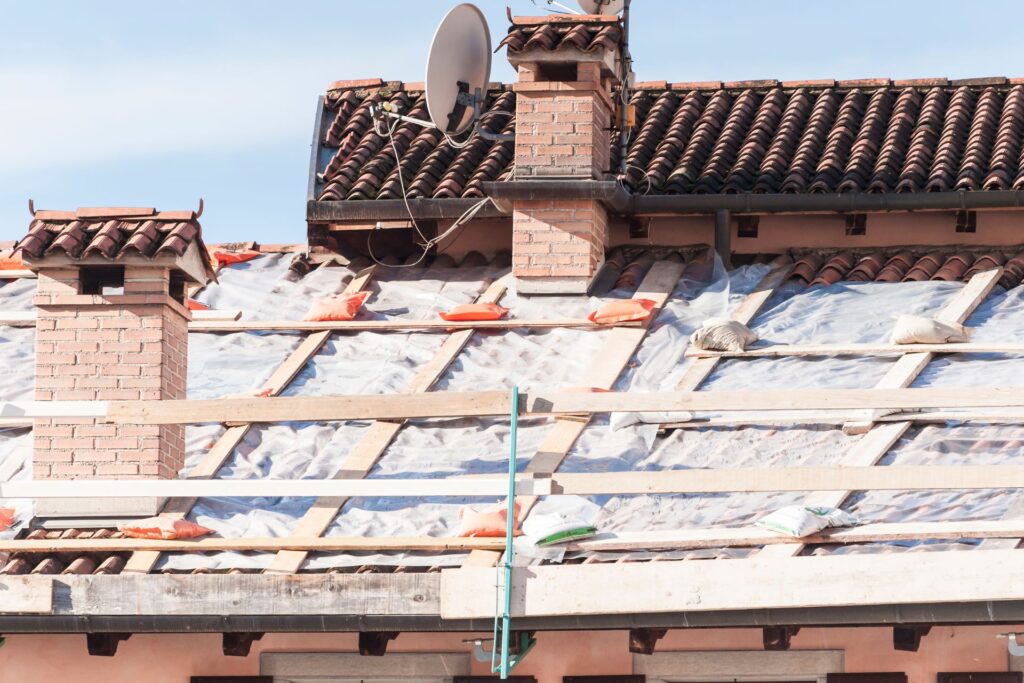
After The Removal – Choosing A New Roof
Choosing the right roofing material after asbestos removal is a critical decision that affects not only the aesthetics of your home but also its durability, cost-effectiveness, and overall longevity. This comprehensive guide delves into the myriad options available for replacement roofing, providing a clear, insightful comparison of costs and benefits to help you make an informed choice.
Options for Replacement Roofing
After the removal of asbestos-containing materials, homeowners are presented with a golden opportunity to upgrade their roof to a more durable, efficient, and aesthetically pleasing option. The market offers a variety of roofing materials, each with its unique advantages.
Asphalt Shingles
Asphalt shingles are by far the most popular choice for homeowners in many countries, thanks to their affordability, ease of installation, and wide range of colors and styles. They’re ideal for those looking to achieve a classic look without breaking the bank.
Metal Roofing
Metal roofs, known for their longevity and durability, can last up to 50 years or more with proper maintenance. They reflect solar radiant heat, which can reduce cooling costs in the summer. Although they come with a higher initial cost, their long-term savings and minimal maintenance make them a cost-effective option.
Slate and Tile
For those looking for a more natural and timeless appearance, slate and tile roofs offer unparalleled beauty and can last over a century. While they are among the most expensive roofing materials, their durability and aesthetic appeal are unmatched.
Green Roofs
Green roofs are an innovative option that allows for vegetation growth on your rooftop, providing excellent insulation, reducing rainwater runoff, and helping to combat urban heat islands. They are ideal for environmentally conscious homeowners looking to make a positive impact.
Synthetic Roofing
Synthetic roofing materials, including rubber, plastic, and polymer roofing, are designed to mimic the appearance of natural materials like slate and wood shakes. They offer a lightweight, durable, and often more affordable alternative to their natural counterparts.
Cost Comparison and Longevity
When selecting a new roofing material, considering the balance between upfront costs and long-term benefits is crucial. Here’s a brief overview of what you can expect:
Asphalt Shingles: The most cost-effective option with a life expectancy of 20 to 30 years. Ideal for those on a budget but still looking for reliability and style.
Metal Roofing: Higher initial investment but offers significant savings over time due to its durability (40-70 years) and energy efficiency.
Slate and Tile: Highest upfront cost but compensates with a lifespan of 100 years or more. A worthwhile investment for homes in regions prone to extreme weather conditions or for those seeking a distinctive, elegant appearance.
Green Roofs: Initial costs can be high due to the specialized installation required, but they pay off in energy savings, extended roof life due to protection from the elements, and potential tax incentives.
Synthetic Roofing: A mid-range price point with a lifespan comparable to metal roofing. Offers the aesthetic appeal of more expensive materials without the hefty price tag.
In conclusion, choosing the right roofing material post-asbestos removal is a decision that requires careful consideration of both immediate costs and long-term benefits. By evaluating the unique attributes and cost-effectiveness of each option, homeowners can invest in a roofing solution that not only enhances the curb appeal of their property but also contributes to its resilience and value over time. Whether you’re drawn to the classic charm of asphalt shingles, the robust longevity of metal, or the eco-friendly benefits of a green roof, there’s a roofing material out there that’s perfect for your home.
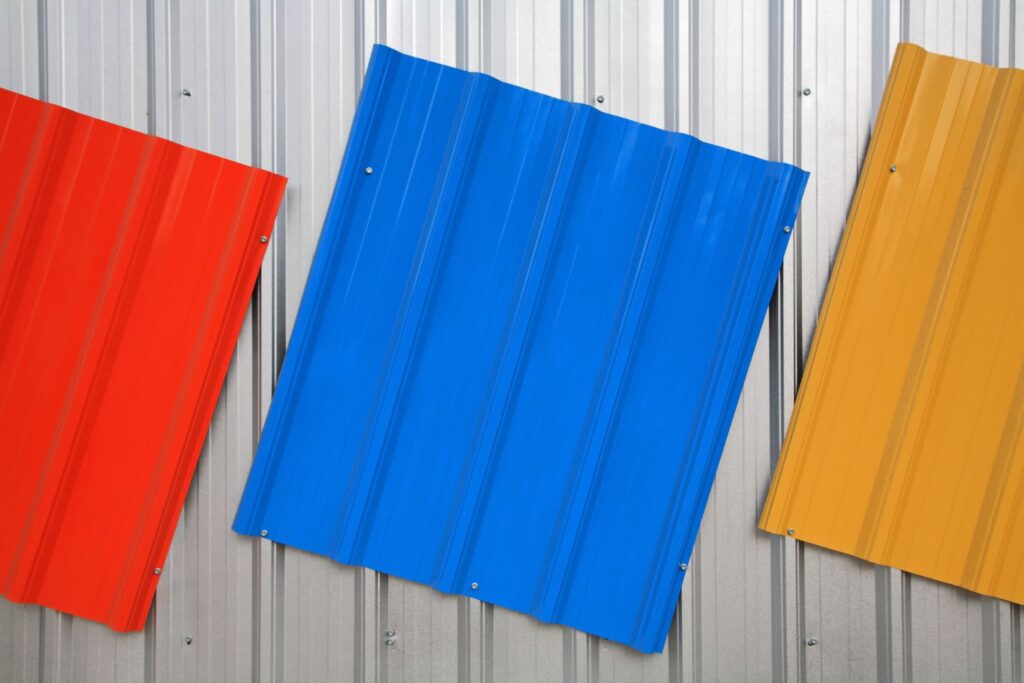
FAQs: Asbestos Roof Removal Cost Per Square Meter In New Zealand
Conclusion
In wrapping up our in-depth exploration of the vital task of safely removing asbestos roofs and the intricacies of cost factors in New Zealand, it’s crucial to highlight the significance of addressing this hazard. Asbestos exposure poses serious health risks, including lung cancer and mesothelioma, emphasizing the removal of asbestos roofs as a critical step towards ensuring public health and safety. The cost associated with this essential service varies, influenced by project scope, the asbestos material’s condition, roof accessibility, and necessary safety measures.
Given these complexities, property owners are urged to engage with certified professionals who can offer expert guidance through the regulatory landscape, ensuring a safe, compliant, and cost-effective removal process. This proactive approach not only guarantees the safety of individuals and communities but also underlines a commitment to environmental stewardship and public well-being. By understanding the importance of and taking decisive action toward planning and executing asbestos roof removal with the help of certified experts, property owners in New Zealand can contribute to a safer, healthier future for all.
References
1. Asbestos Exposure
2. Mesothelioma
Find A Professional Roofing Company Near You!
- Auckland Roofing Company
- Cambridge Roofing NZ
- Central Otago Roofing Services
- Hamilton Roofing Services
- Hastings Roofing Company
- Hawkes Bay Roofing Company
- Kapiti Coast Roofing Services
- Lower Hutt Roofing Services
- Napier Roofing Company
- New Plymouth Roofing Company Taranaki
- North Shore Roofing Company
- Orewa Roofing Company
- Porirua Roofing Services
- Roof Painting Company Auckland
- Roof Repairs Manukau
- Roof Repairs Takanini
- Roofers Papakura
- Roofing Company Auckland
- Roofing Company Invercargill
- Roofing Contractors Northland
- Roofing Contractors South Auckland
- Roofing Contractors Whangarei
- Roofing Waikato
- Roofing Walkworth
- Te Awamutu Roofing
- Upper Hutt Roofing Services
- Warkworth Roofing Company
- Wellington Roofing Services
About the Author:
Mike Veail is a recognized digital marketing expert with over 6 years of experience in helping tradespeople and small businesses thrive online. A former quantity surveyor, Mike combines deep industry knowledge with hands-on expertise in SEO and Google Ads. His marketing strategies are tailored to the specific needs of the trades sector, helping businesses increase visibility and generate more leads through proven, ethical methods.
Mike has successfully partnered with numerous companies, establishing a track record of delivering measurable results. His work has been featured across various platforms that showcase his expertise in lead generation and online marketing for the trades sector.
Learn more about Mike's experience and services at https://theleadguy.online or follow him on social media:

